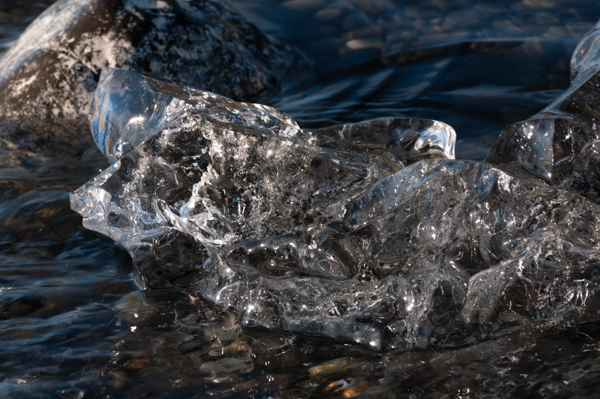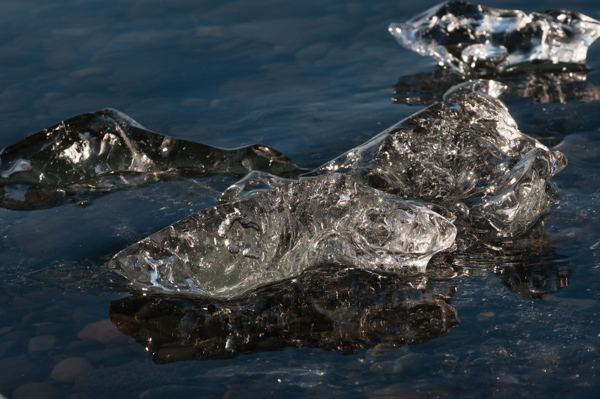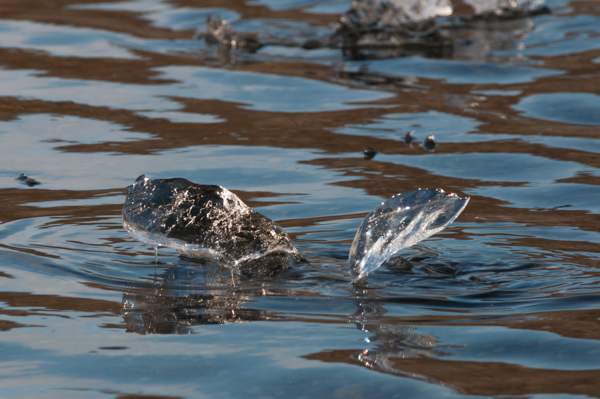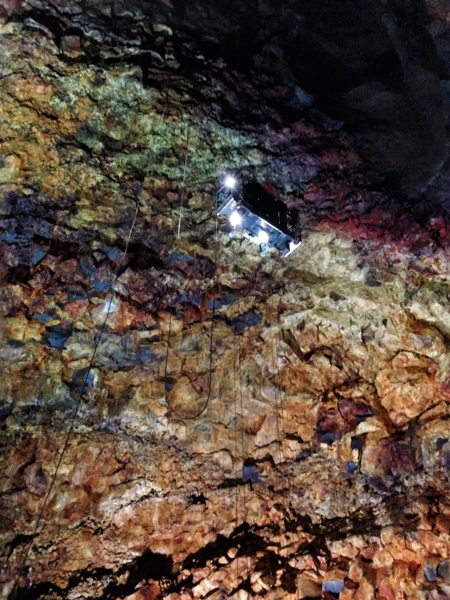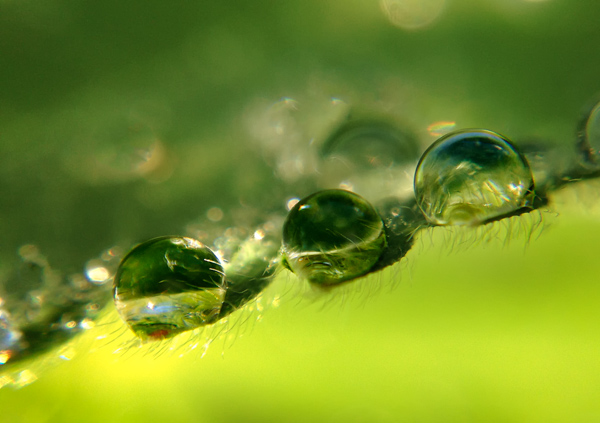Five years ago, I climbed up a ladder in the Art Room of the New Bedford Public Library so I could peer down at the restoration in progress of Alfred Bierstadt’s Mount Sir Donald. It was impressive to see, but what stole my heart that day was a small painting on the far wall by another New Bedford painter, Charles Henry Gifford. Sunlight from a large side window made Coastal Scene with a Gundalow glow with an ethereal quality that captivated and inspired me. Could I ever create landscape imagery that would be suffused with a light like that?
It took a walk along the Fairhaven bike path to make me think it might be possible. As the mist coming off the salt marsh diffused the morning light, I wondered if Bierstadt or Gifford, who spent their early years in this community, had ever watched the sunrise from this same vantage point. I began to envision a series of local landscapes in a Hudson River School style.
Close to Home: Marsh Dawn Archival pigment print on vellum with white gold
While these painters used glazing, varnishing and secret recipes to create the luminous lighting in their work, I use modern digital printing on translucent vellum with hand-applied precious metal leaf. The gilding creates a unique sense of luminosity and an atmosphere of mystery. The image subtly shifts as light moves across the surface or the viewer changes position. These are prints that need to be experienced in person.
In Close to Home I have tried to honor the tradition of American Luminist painters with Southcoast scenes that feel timeless - images of the present and the imagined past. Part of the series will be on display at Norton Gallery Exhibit: Quiet Spaces during the month of February. There will be a Gallery Night Reception on Friday, February 15th from 5-7 pm. I hope to see you there.
Close to Home: River Dawn Archival pigment print on vellum with white gold




